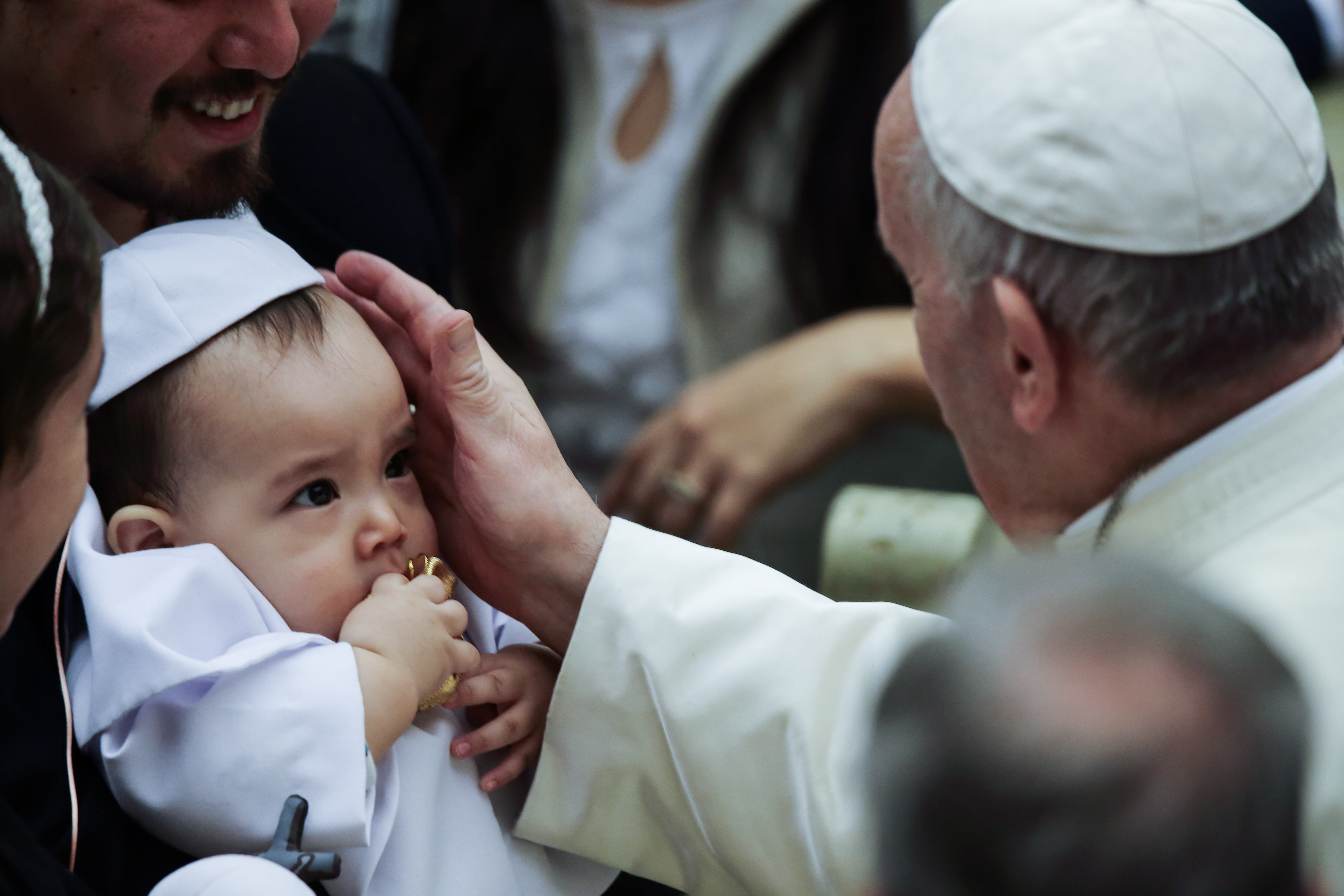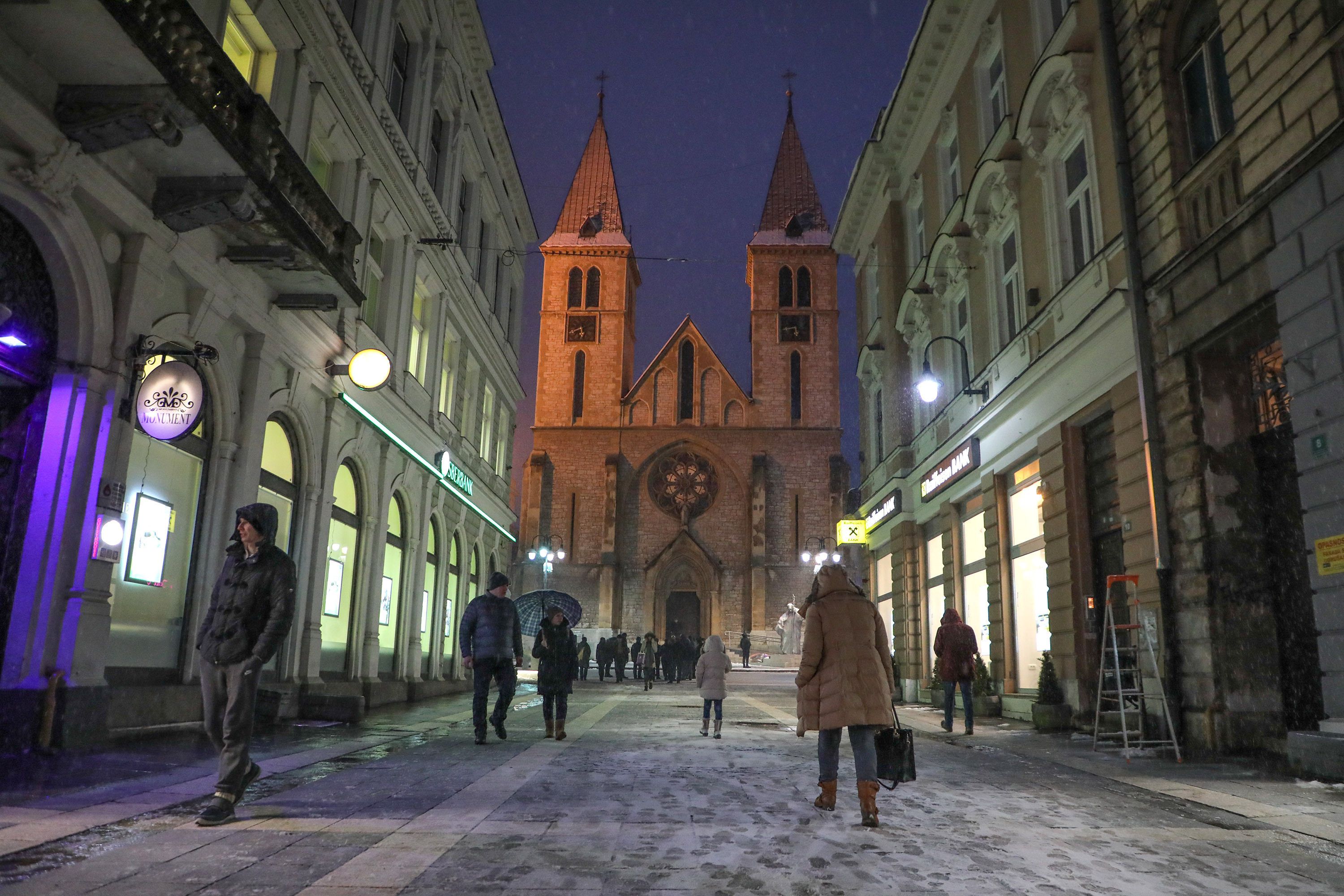The Austrian bishops this year decided to hold their spring plenary from 4-8 March together with their fellow bishops in Sarajevo in order to draw attention to the fact that 22 years after the Balkan War, genuine peace has not yet been achieved in Bosnia-Herzegovina. In particular, they were keen to show their solidarity with Bosnia’s Catholics whose situation is particularly precarious.
While the city had been a model of religious tolerance where Jews, Christians and Muslims were able to live together for over a century, the Balkan War of 1992-1995 caused massive destruction in the city and thousands had died. Religious ostracism and marginalisation plus the sectional use of religion during the war still burdened Bosnia today and had yet to be overcome, the bishops pointed out in a declaration.
Allowing Bosnia-Herzegovina to become a member of the European Union would not only be good for the political and economic future of the country, Cardinal Christoph Schönborn told journalists in Sarajevo, but would also boost religious cooperation in Europe.
He said he had spoken at length with the leader of the Bosnian Muslim community, Reis ul-ulema Husein Kavazovic, who had told him that Bosnian Muslims wanted to keep their “own moderate form of Islam” and to counter the growing influence of a more radical form that was being brought into Bosnia from abroad.
Bishop Alois Schwarz of Gurk-Klagenfurt, whose Austrian diocese has been a partner of the Archdiocese of Sarajevo for many years, told Tagespost that Bosnian Islam had become more fundamentalist since the Balkan War due to the increased influence and financial support from some Muslim countries. This allowed Islam to increase its influence while the number of Catholics had been halved.
The situation for Catholics was most precarious in the Republika Srpska – the Serb part of Bosnia - Bishop Franjo Komarica of Banja Luka told Tagespost.No diocese in Europe had been as badly destroyed as his had, he said, and yet he was not allowed to rebuild churches or church buildings.
Pic: Sarajevo in the snow in Sarajevo, Bosnia and Herzegovina, on Feb. 21, 2018. Picture by: Haris Memija/Xinhua News Agency/PA Images



 Loading ...
Loading ...